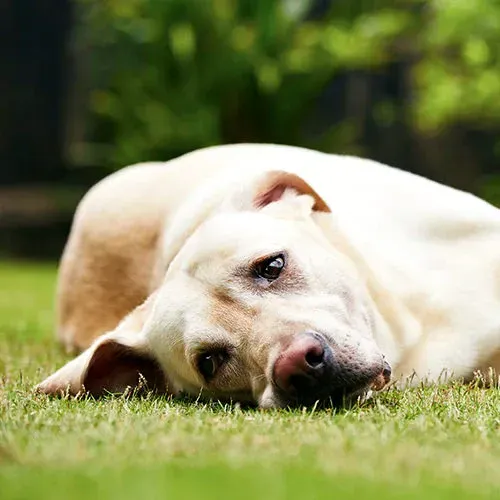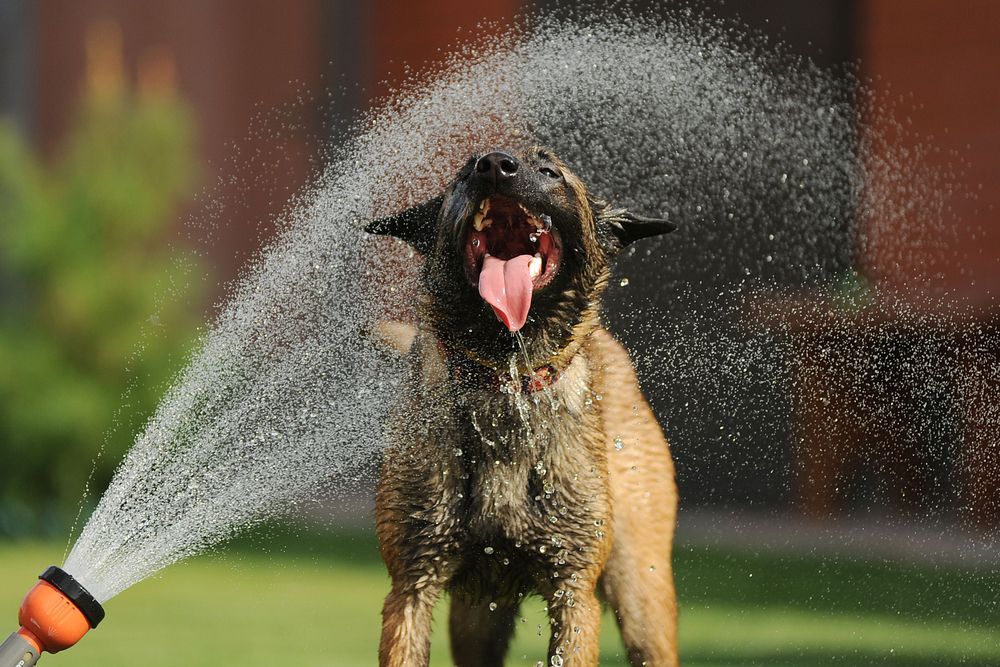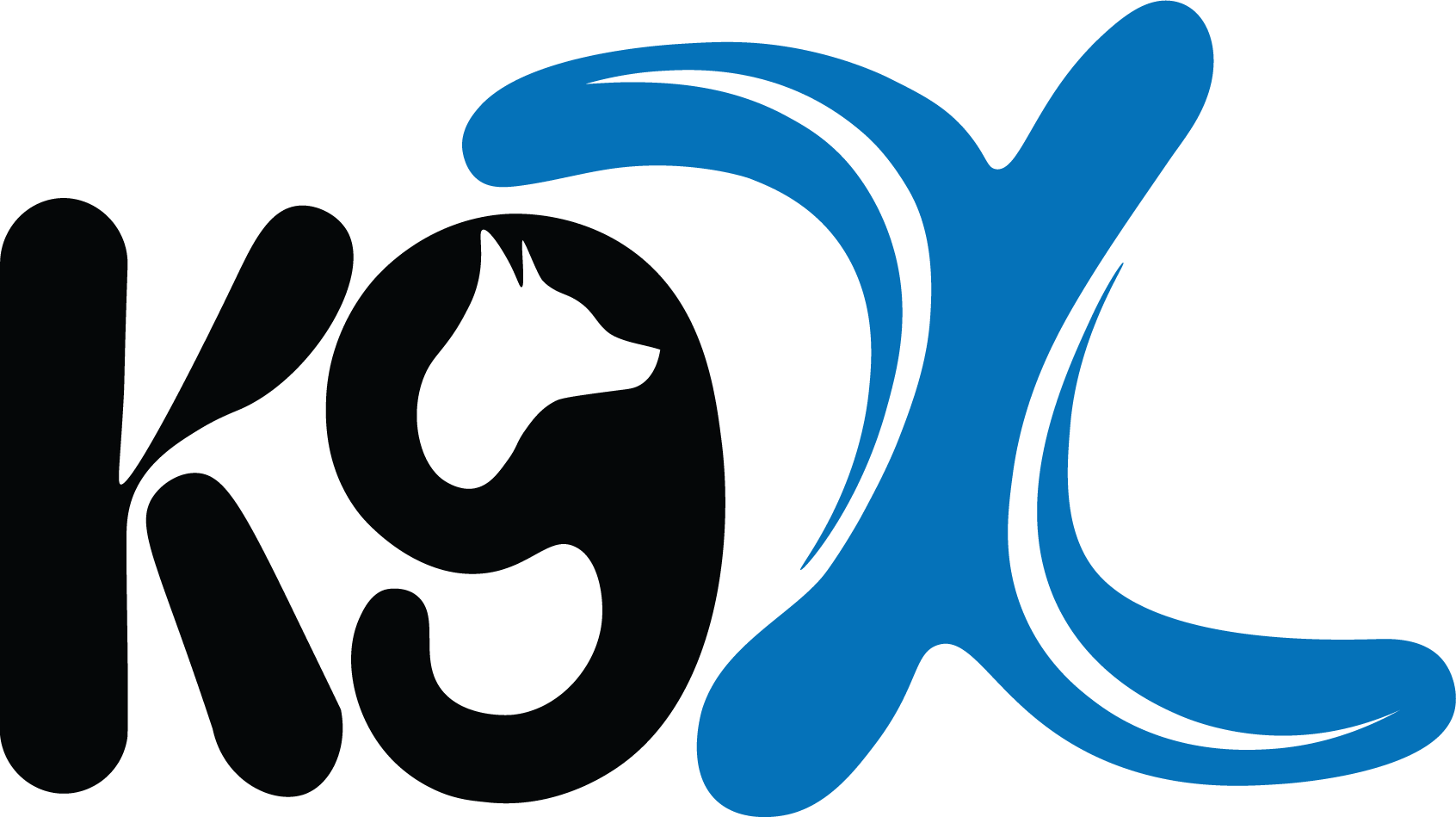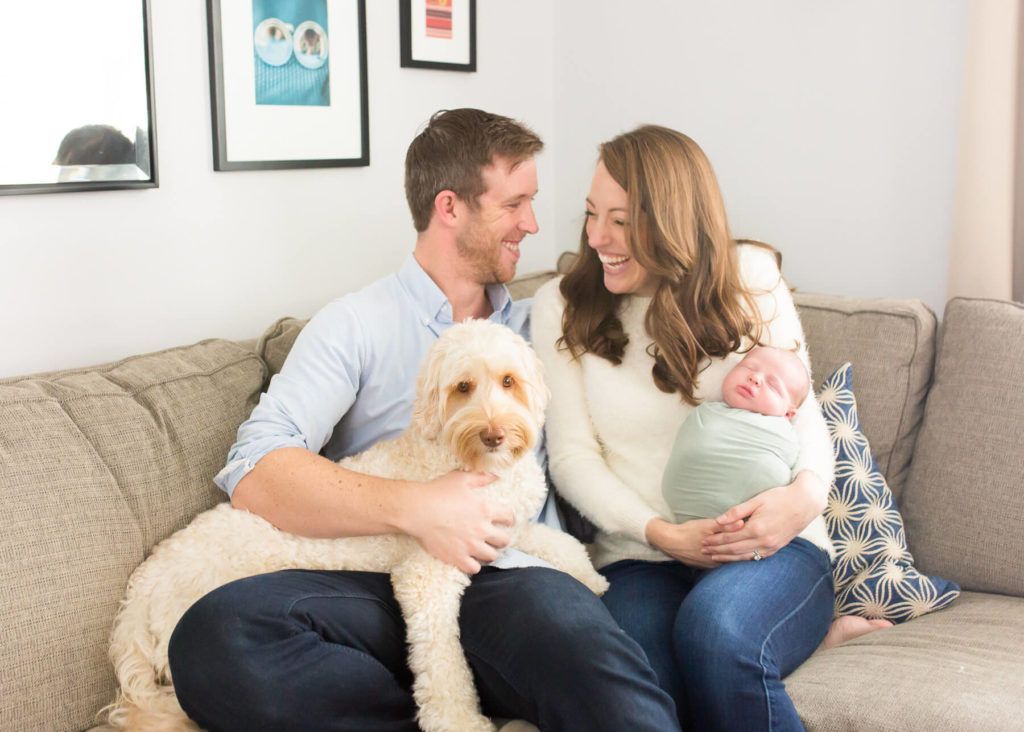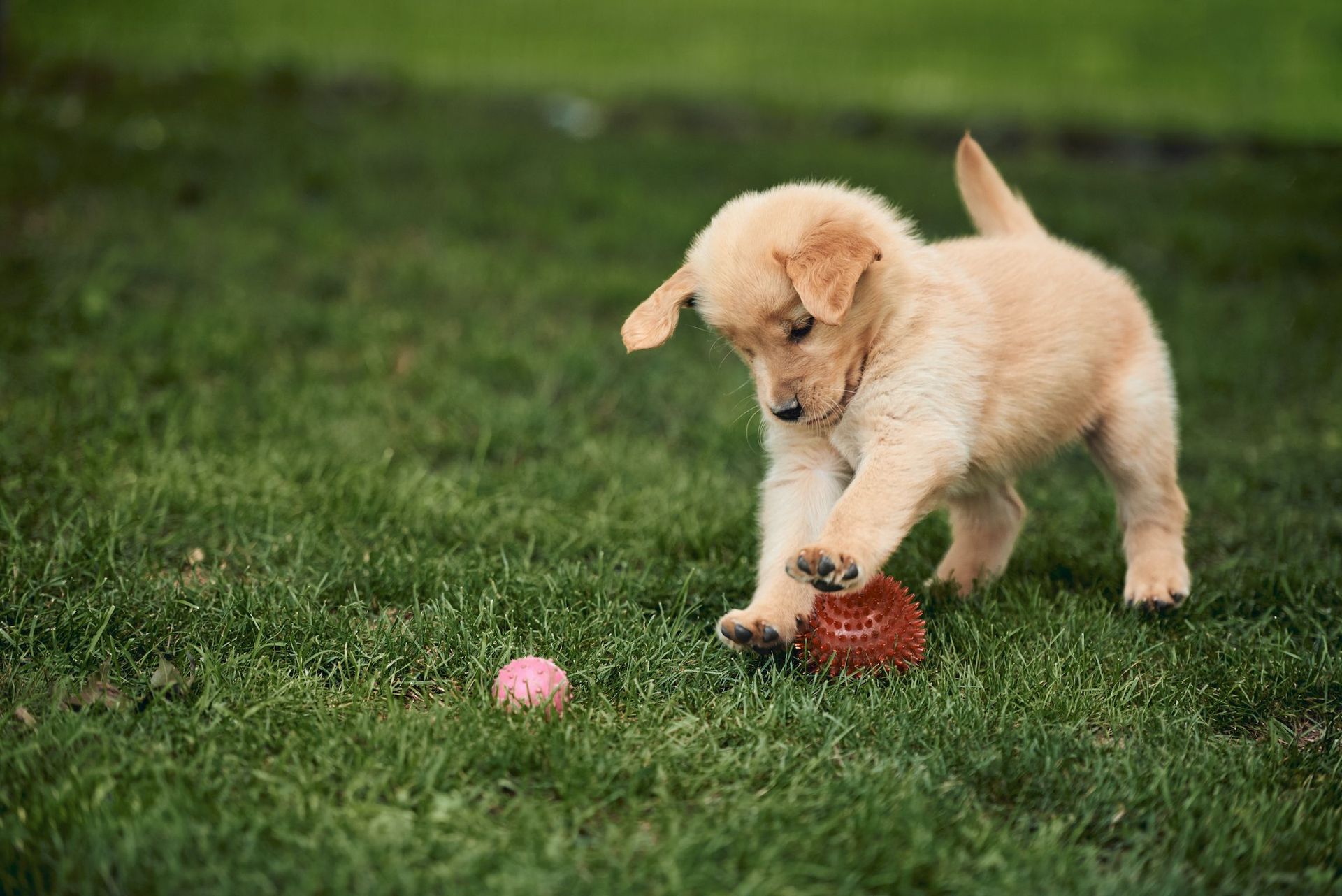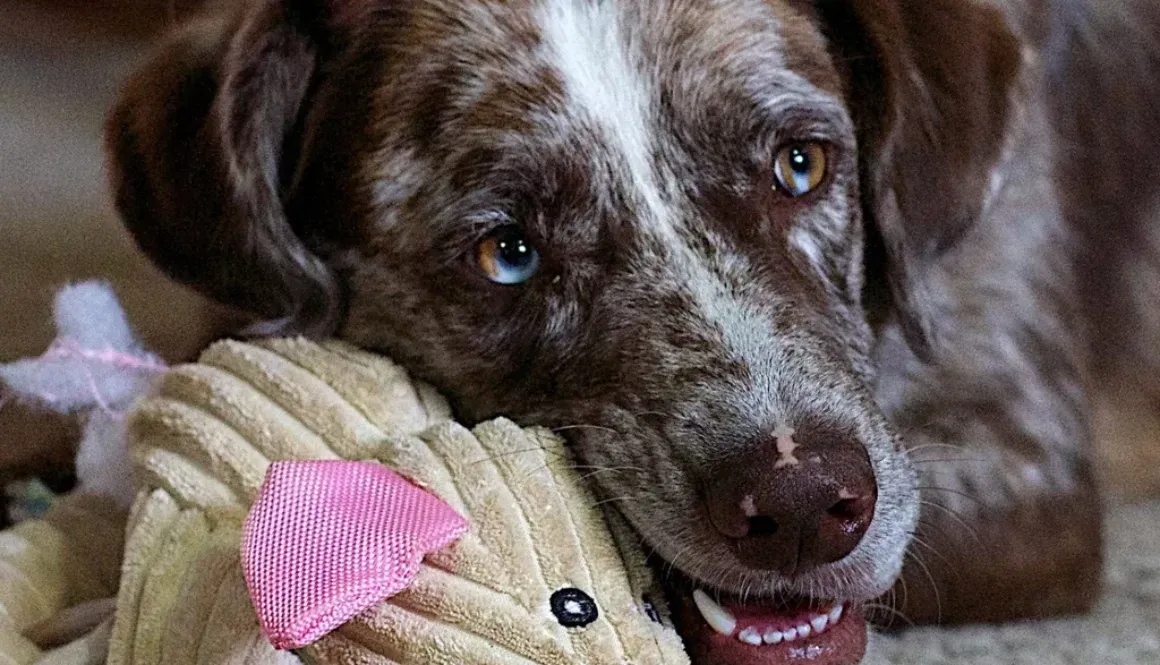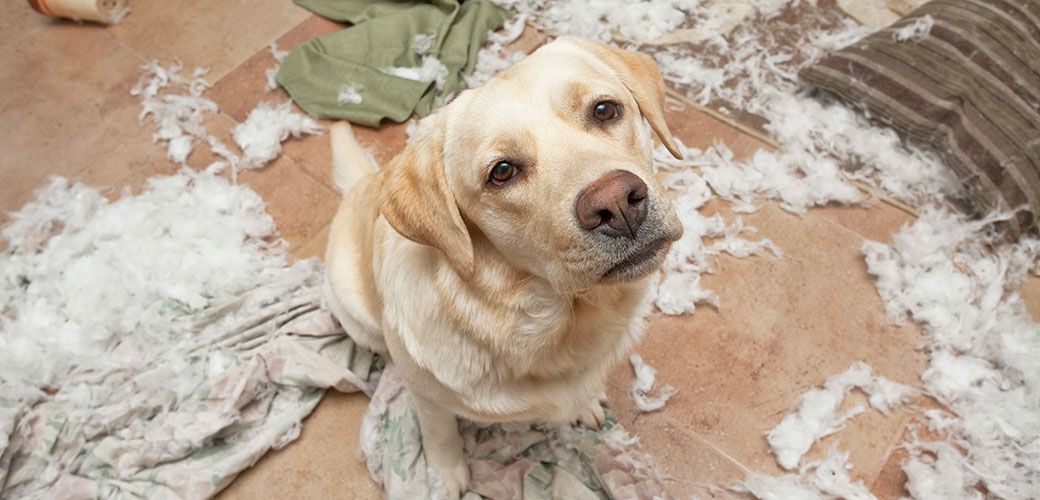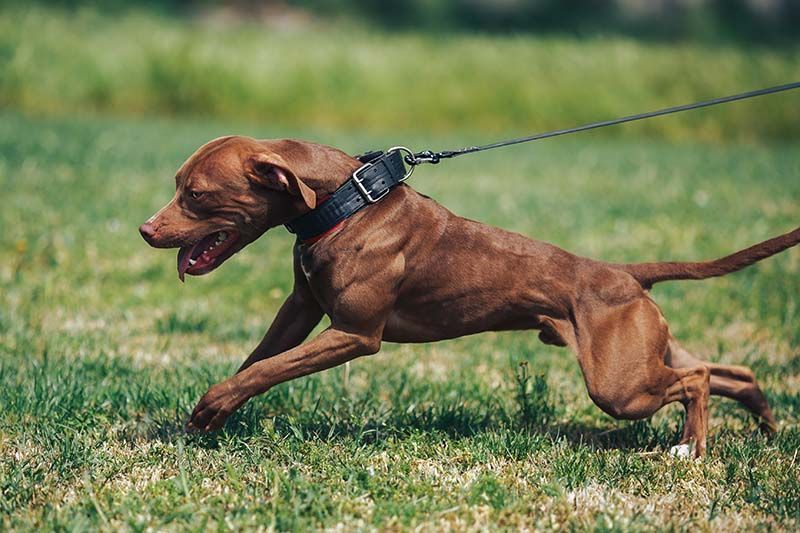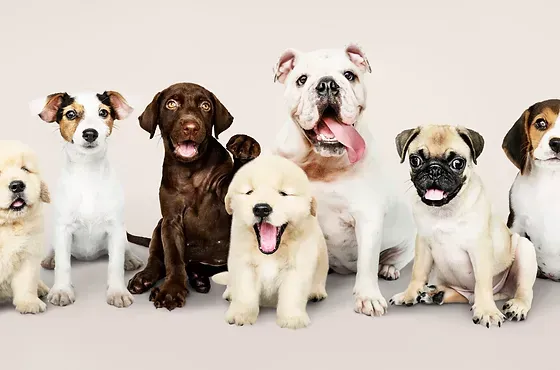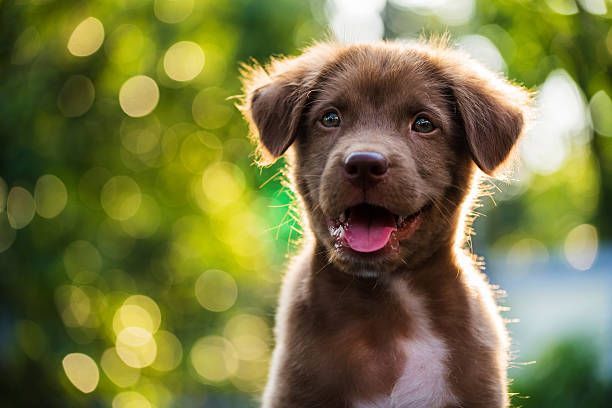How to Help Your Reactive Dog
What Is Reactivity?
Reactivity is an overreaction to a stimulus, often caused by fear, frustration, or excitement. A reactive dog may display behaviours such as:
- Barking or growling at other dogs or strangers.
- Lunging or pulling on the leash during walks.
- Excessive pacing or whining in certain situations.
Understanding the Triggers
The first step in helping your dog is identifying what triggers their reactive behaviour. Common triggers include:
- Other dogs or animals.
- People or children.
- Vehicles, bicycles, or loud noises.
Tips to Help Your Reactive Dog
1. Stay Calm and Collected
Your dog picks up on your emotions. Staying calm and composed during reactive episodes helps your dog feel secure. Take deep breaths and focus on staying neutral in tone and body language.
2. Use Positive Reinforcement
Reward your dog for calm behaviour around triggers. Use high-value treats, toys, or praise to reinforce good choices. Over time, your dog will associate the presence of a trigger with positive experiences.
3. Create Distance
Distance can be your best friend. If your dog becomes reactive, increase the space between them and the trigger. This gives them a chance to observe from a safe distance without feeling overwhelmed.
4. Train Focus Commands
Teach your dog commands such as "look at me" or "watch." These commands redirect your dog’s attention away from triggers and back to you. Practice these commands in a distraction-free environment before introducing triggers.
5. Desensitization and Counter-Conditioning
Gradually expose your dog to their triggers at a low intensity while rewarding calm behaviour. For example, if your dog reacts to other dogs, start at a distance where they don’t react and reward them. Slowly decrease the distance over time.
6. Use the Right Equipment
The right tools can make a difference. A front-clip harness, head halter, or sturdy leash can give you better control while ensuring your dog’s comfort and safety.
7. Avoid Punishment
Punishing a reactive dog can increase their anxiety and worsen the behaviour. Instead, focus on reinforcing positive behaviours and building trust.
8. Provide Mental and Physical Stimulation
A tired dog is a happy dog. Regular exercise and mental stimulation through games or puzzles can reduce excess energy and stress, making your dog less reactive.
9. Seek Professional Help
If your dog’s reactivity is severe or you’re struggling to manage it, consider working with a professional dog trainer or behaviourist. They can provide a tailored plan to address your dog’s specific needs.
Patience and Consistency Are Key
Helping a reactive dog is a journey that requires time, patience, and consistent training. Celebrate small victories and focus on progress rather than perfection. With the right approach, you can help your dog feel more confident and navigate the world with greater ease.
If you’re looking for personalized support, I offer one-on-one training sessions to help reactive dogs and their owners build a stronger, more trusting bond. Feel free to contact me for more details.
